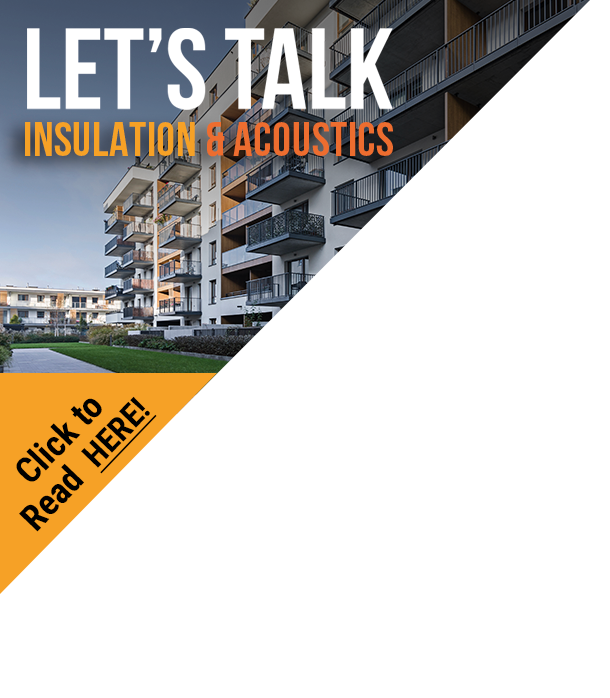Overall project-starts saw a steady slowdown in Q.2 and Q.3, after an
initial surge in the first quarter and continued to fall in September, albeit
at a slower rate, according to the September analysis from Glenigan.
Further, the development pipeline remained robust throughout the year,
particularly for some non-residential sectors, including industrial.
Main contract awards have been increasing over the last eighteen months,
ever since the first National Lockdown in March 2020 and detailing planning
approvals remain consistently high.
Complemented with improved trading conditions as well as an increase in
consumer and business confidence, the Glenigan Economics Team predict these
combined conditions will eventually lead to project-start growth heading into
2022.

Non-residential projects performed relatively well in Q.3, increasing 14%
against the previous year. This was despite the value having fallen 12% against
Q.2 2021 as well as 15% compared with Q.3 2020.
Industrial was the stand-out sector during the period, up 47% against the
previous year and 3% on Q.2 2021, standing 17% higher than Q.3 2019.
Project-starts included the £76 million East Midlands Distribution Centre in
Castle Donington, the £60 million Ivory Infinity Park also in Derbyshire. Plus,
manufacturing projects including the new £82 million wind turbine factory for
Siemens on Alexandra Dock, Hull, and the £40 million Advanced Manufacturing
Facility for Unilever in Sharnbrook, Bedford.
Office project starts were also strong, increasing 4% against Q.2 and up 38%
against the previous year and climbing 5% compared with the third quarter of
2019.
Looking deeper, Healthcare grew during Q.3, comparative to the same period
in 2019, with the value having increased by over a fifth on 2019 (21%).
However, health-starts fell 18% against the strong performance in Q.3 2020 and
8% compared with Q.2 2021.
Retail starts were up 34% in Q.3 against 2020 levels, but remained 20% lower
than the same period in 2019. Hotel & Leisure project-starts increased
against the previous year (49%) but declined heavily compared with the same
period in 2019 (-12%).
The value of residential work commencing on-site during the third quarter of
2021 fell by over a quarter (28%) against the preceding quarter (SA) and 15%
compared with the previous year.
Residential project-starts remained heavily behind 2019 levels, with the
value having fallen by a third (37%). Private housing-starts fell 11% against
the previous year and 34% compared with the preceding quarter (SA).
Furthermore, private housing-starts fell by 42% compared with the same period
in 2019. The weakening in private new housing activity may reflect expectations
of a cooling in the housing market over the coming year.
Social housing project-starts declined 8% against the preceding quarter (SA)
and 23% compared with the previous year. Social housing project-starts fell 18%
compared with the same period in 2019. The spending review later this month may
see additional funds directed towards building more social homes.
Looking across the UK region-by-region, the North West took the lead during
the third quarter, achieving the highest growth against the previous year
(35%). It is also the only region which experienced growth against Q.2 2021,
with project value climbing 7%.
The West Midlands was another region achieving growth against the previous
year, with the value of project-starts having increased 13%. This was despite
having experienced a 10% decline compared with the preceding quarter.
London performed relatively well, with project value increasing by 22%
compared to a year ago. However, this value fell 11% against the preceding
quarter.
Project-starts in the East Midlands fell only 3% against the previous year but
experienced heavy declines against the preceding quarter on a seasonally
adjusted basis (-36%) and the third quarter of 2019 (-39%).
Project-starts performed particularly poorly in Northern Ireland, Wales,
Yorkshire & the Humber and the North East.
Commenting on the results, Glenigan’s Senior Economist Rhys Gadsby says,
“Project-starts ultimately remain very low. However, it’s encouraging to see
that the fall that has occurred ever since the first quarter is beginning to
level-off.
“There are a number of major projects coming online which are driving the
industry forward, however, residential figures still remain low, with the
persisting problems around on-site skills, materials and HGV shortage
negatively affecting activity.
“Against this context, it will be interesting to see if this relatively poor
performance can be turned around now there’s a new team in the soon to be
renamed MHCLG.”




















